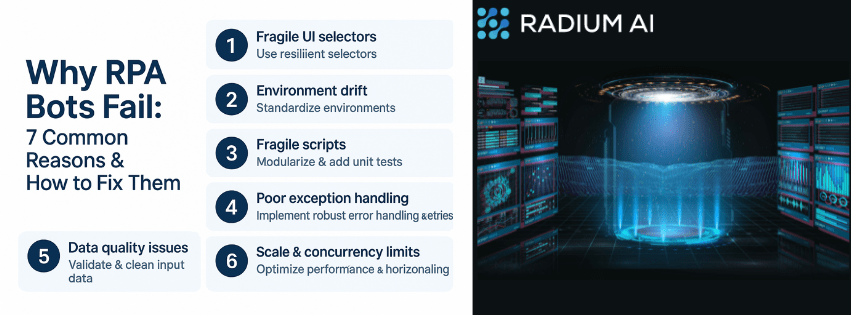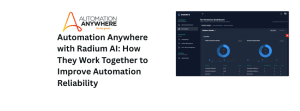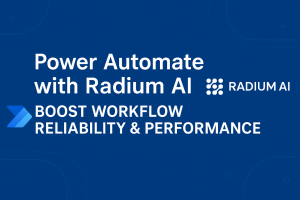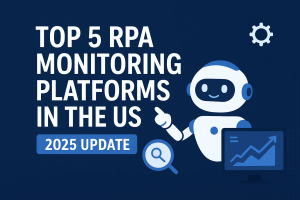
Introduction
Robotic Process Automation (RPA) has become the backbone of digital transformation across industries. From banking and insurance to telecom and healthcare, bots are handling thousands of repetitive tasks every day.
But here’s the catch: RPA bots fail more often than most organizations expect. A failed bot means delayed processes, frustrated employees, unhappy customers — and in regulated industries, even compliance risks.
In this post, we’ll explore the 7 most common reasons RPA bots fail and practical strategies to fix them.
- Insufficient Error Handling
Many RPA bots are designed with “happy path” workflows but lack robust exception handling. When a new data format, UI update, or unexpected value appears, the bot simply breaks.
✅ Fix: Implement a monitoring framework that detects errors in real-time and classifies them for quick resolution.
- Application & Integration Changes
Bots rely on underlying applications. If a vendor updates an interface, a button moves, or an API changes, the bot can no longer perform its task.
✅ Fix: Use an RPA monitoring solution that aggregates errors across bots and provides alerts when integrations fail.
- Environmental & Infrastructure Issues
Server downtime, network instability, or credential expirations can all lead to bot crashes. These failures often go unnoticed until business operations are disrupted.
✅ Fix: Track environmental dependencies and apply auto-resolution where possible (e.g., automatic credential refresh, retries).
- Data Quality Problems
Garbage in, garbage out. If the input data is incomplete, inconsistent, or incorrectly formatted, bots can’t process it.
✅ Fix: Implement pre-processing checks and classify errors based on data quality issues, so teams can fix the root cause.
- Human Error in Bot Design
Sometimes the issue isn’t the bot but the way it was built — insufficient testing, poor design, or hard-coded assumptions.
✅ Fix: Standardize bot development practices and use monitoring to flag repetitive design-related failures.
- Scaling Challenges
What works for 10 bots often fails at 100. Without centralized monitoring, organizations struggle to keep track of failures across environments.
✅ Fix: Use a centralized dashboard that aggregates logs, classifies failures, and provides insights into recurring issues.
- Lack of Proactive Monitoring
Many RPA teams rely on manual log checks or wait until a business user reports a failure. By then, the damage is already done.
✅ Fix: Adopt proactive monitoring with intelligent alerts and self-healing bots that can resolve common issues automatically.
How Radium AI Helps Prevent Bot Failures
At Radium AI, we’ve built a solution designed specifically to address these challenges:
- Aggregation: Centralize all RPA bot errors in one place
- Classification: Use AI/ML to categorize failures and suggest fixes
- Auto-Resolution: Automatically heal bots when possible, reducing downtime
With Radium AI, RPA operations teams can shift from reactive firefighting to proactive reliability.
Conclusion
RPA is powerful — but only if your bots stay reliable. By addressing these 7 common failure points, you can dramatically reduce downtime, save costs, and build trust in automation.
🚀 Ready to make your bots fail-proof?
👉 Request a Demo of Radium AI today and see how automated monitoring and self-healing can transform your RPA operations.








